Filter News
Area of Research
- (-) Clean Energy (29)
- (-) Fuel Cycle Science and Technology (1)
- (-) National Security (1)
- (-) Neutron Science (18)
- (-) Nuclear Systems Modeling, Simulation and Validation (1)
- Advanced Manufacturing (2)
- Biological Systems (2)
- Biology and Environment (1)
- Building Technologies (2)
- Climate and Environmental Systems (1)
- Computational Biology (1)
- Energy Frontier Research Centers (1)
- Fossil Energy (1)
- Materials (34)
- Nuclear Science and Technology (10)
- Sensors and Controls (1)
- Supercomputing (15)
News Type
Media Contacts
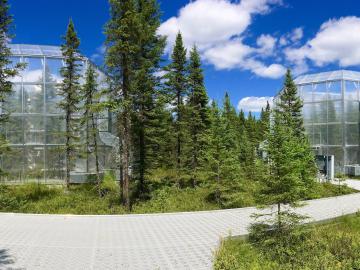
A futuristic experiment simulating warmer environmental conditions has shown that peatland vegetation responds to higher temperatures with an earlier and longer growth period.

The construction industry may soon benefit from 3D printed molds to make concrete facades, promising lower cost and production time. Researchers at Oak Ridge National Laboratory are evaluating the performance of 3D printed molds used to precast concrete facades in a 42-story buildin...
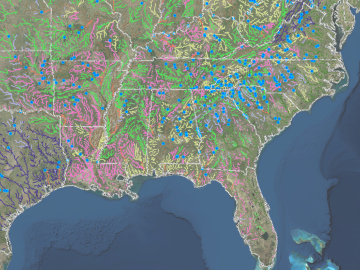
Oak Ridge National Laboratory has created new tools to better understand the nation’s waterways and identify potential sites to generate hydropower—a domestic renewable energy resource. The tools allow users such as scientists, resource agencies and industry to access information ab...

Brixon, Inc., has exclusively licensed a multiparameter sensor technology from the Department of Energy’s Oak Ridge National Laboratory. The integrated platform uses various sensors that measure physical and environmental parameters and respond to standard security applications.
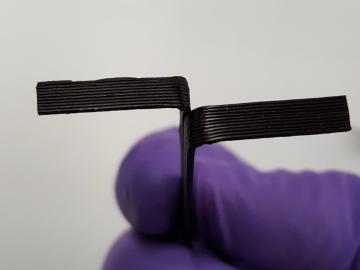
A scalable processing technique developed by Oak Ridge National Laboratory uses plant-based materials for 3D printing and offers a promising additional revenue stream for biorefineries.
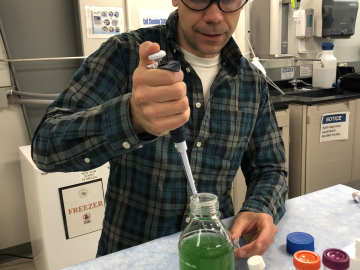


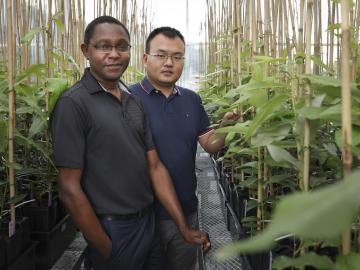
For decades, biologists have believed a key enzyme in plants had one function—produce amino acids, which are vital to plant survival and also essential to human diets. But for Wellington Muchero, Meng Xie and their colleagues, this enzyme does more than advertised. They had run a series of experiments on poplar plants that consistently revealed mutations in a structure of the life-sustaining enzyme that was not previously known to exist.
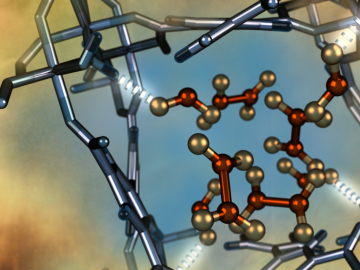
Led by the University of Manchester, an international team of scientists has developed a metal-organic framework material (MOF) that exhibits a selective, fully reversible and repeatable capability to remove nitrogen dioxide gas from the atmosphere in ambient conditions.

